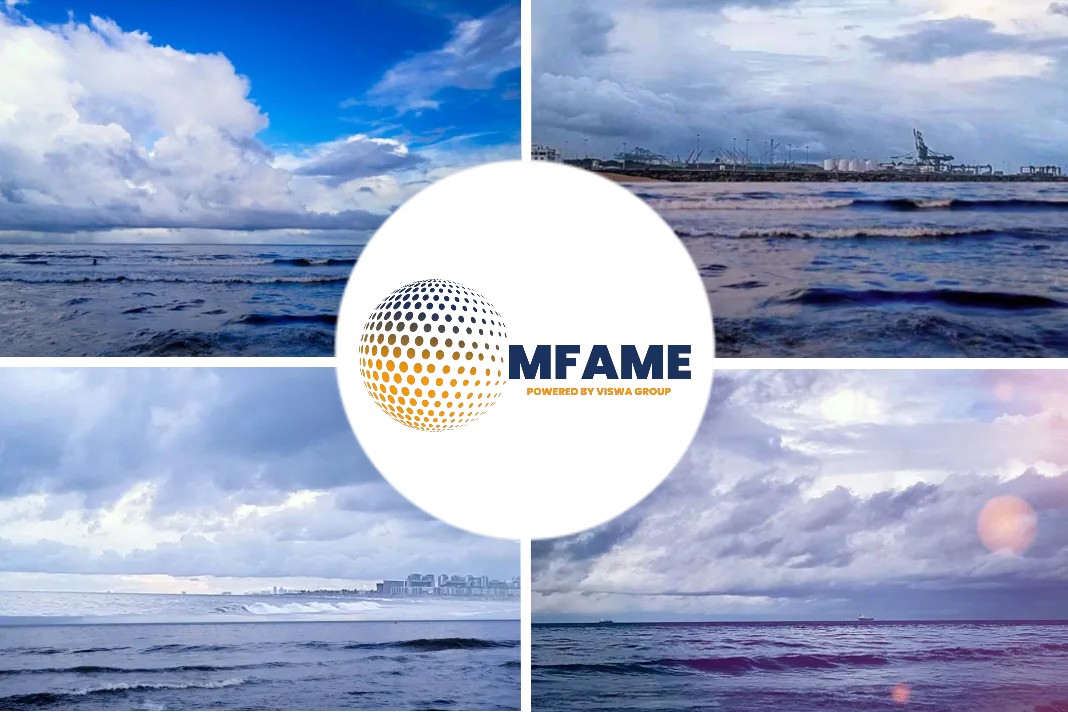- In the shipping industry, time-based maintenance (TBM)** is usually practiced.
- But TBM requires a vessel to halt operations for a few weeks of inspections every two or three years even if no fatigue or breakdown of the engine is observed.
- Moreover, unexpected failures can occur during voyages and cause long delays.
A recent NYK news article reveals that results of NYK Group Joint Research on CBM Adopted in Second Edition of ClassNK Guidelines.
Information and communication technology
With recent developments in information and communication technology, large amounts of data can now be transmitted between ship and shore, so since November 2019, NYK and MTI, together with ClassNK and engine manufacturers, have been conducting joint research on using CBM to optimize maintenance.
| Project | Partners |
| Joint research for realizing CBM for main diesel engines | NYK, MTI ClassNK Japan Engine Corporation |
Results
The “Guidelines for Selection of Target Equipment and Methods for CBM and Maintenance” developed through joint research have been adopted in the “CBM Guidelines (Edition 2.0)” recently published by ClassNK.
The guidelines explain how to ensure safety and the cost effectiveness of introducing CBM from three perspectives: target equipment for CBM, methods of CBM, and considerations when adopting CBM methods.
As a result of the joint research, we have also developed a diesel-engine main-bearing condition-monitoring device that can acquire detailed bearing-temperature data and ship-operation data through sensors installed in the bearings of ships’ large diesel engines and share the data in real time with classification societies and engine manufacturers.
The system will be installed on the NYK-owned coal carrier Noshiro Maru, and in the future NYK plans to apply for CBM-operation certification.
Condition-monitoring system
The condition-monitoring system uses data obtained from the bearing-temperature sensor mounted on the main shaft of the diesel engine to determine whether damage has occurred based on temperature changes, and a viewer that displays bearing condition signals is shared in real time with shipping companies, engine manufacturers, and classification societies so that appropriate action can be taken.
Future Outlook
The NYK Group will continue its research and development into CBM-management methods with its partners with the aim of developing an autonomous next-generation CBM in the future, one in which AI (artificial intelligence) constantly monitors the status of engine plants throughout the fleet and determines the timing of maintenance by making use of information such as operating schedules.
In this way, we aim to achieve optimal engine-plant operation.
In addition, by applying the condition-monitoring technology established in the next-generation CBM, the NYK Group aims to realize manned autonomous ships*** through advanced automation of ship management.
NYK released the NYK Group ESG Story
On February 3, NYK released the NYK Group ESG Story,**** which aims to further integrate ESG into the company’s management strategy and promotes activities that contribute to the achievement of the SDGs (Sustainable Development Goals) through business activities.
To strongly promote ESG management, the NYK Group will encourage new value creation as a sustainable solution provider through efficient and safe operations by eliminating major engine accidents.
Did you subscribe to our daily newsletter?
It’s Free! Click here to Subscribe!
Source: NYK


















